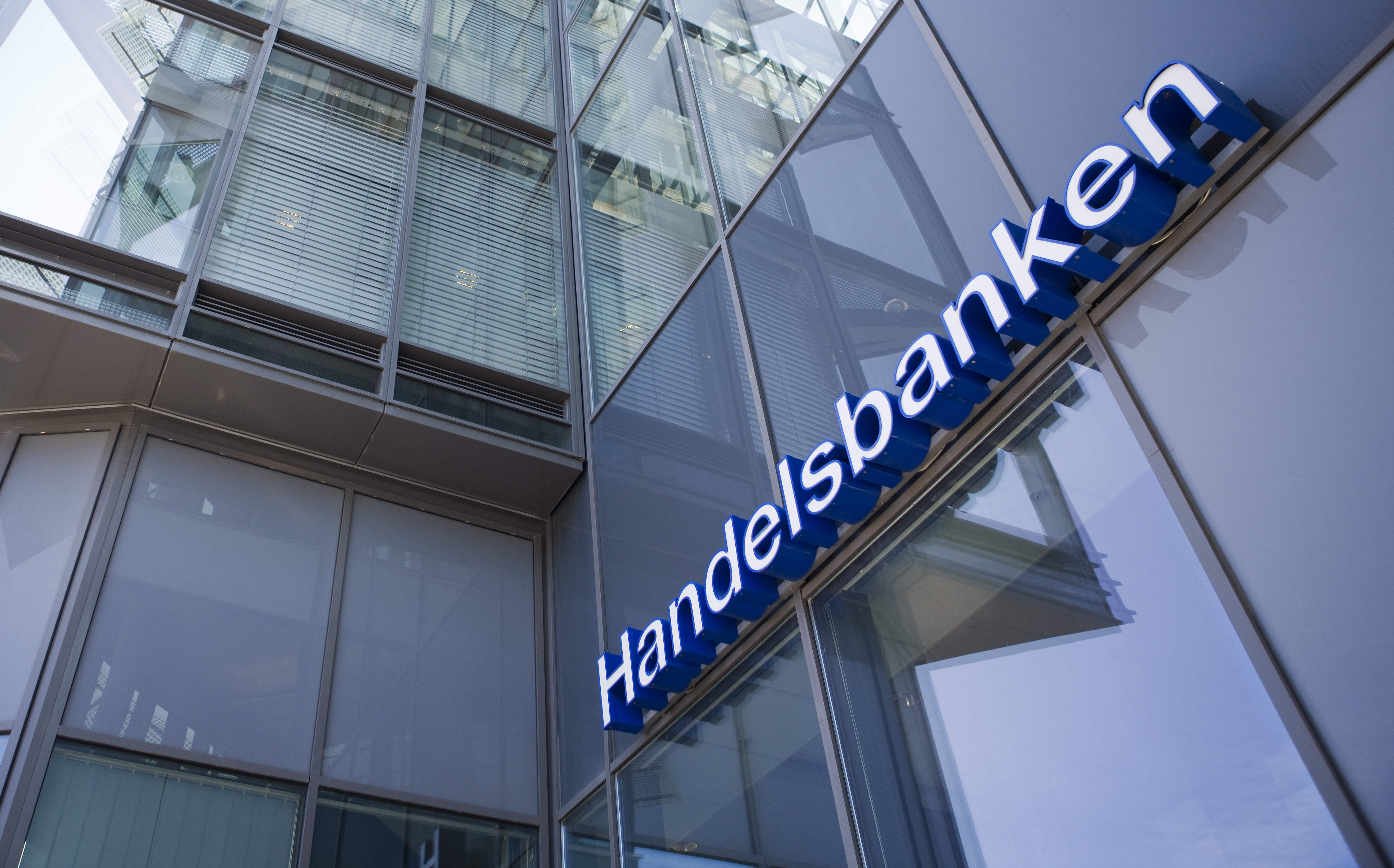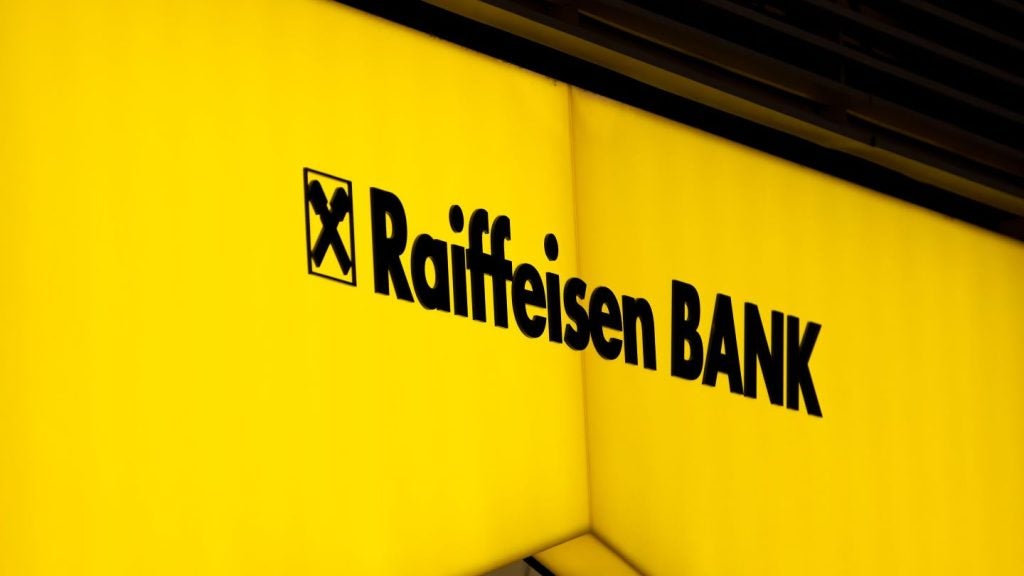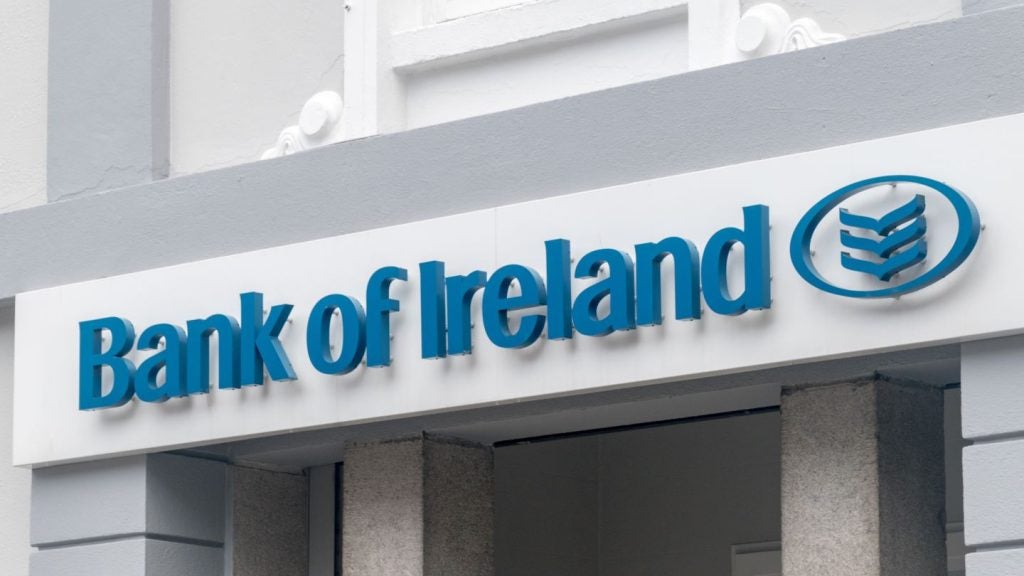
Impairments from the collapse of Carillion have weighed heavily on Handelsbanken’s 2017 results, despite the Swedish bank’s 10 month long effort to reduce its exposure.
Handelsbanken’s chief financial officer, Rolf Marquardt, told investors that Carillion accounted for “a very significant part” of UK loan losses for Q4, which totalled SEK 556m (£24.4m, €27.9m), up 276% year-on-year.
Marquardt did not disclose the exact size of the Carillion loss, but said exposure to the company was “likely more than twice as big” before the bank started to scale down in April 2017.
“We acted early, and that’s because we are conservative. So we saw signs that were not very obvious signs, but things that we simply didn’t really like, and that’s why we started to try to step down our exposure,” said Marquardt.
He added that Carillion was “a very special case” in Handelsbanken’s portfolio.
He said: “Carillion has been a customer of ours for many years … It has been a well-known, well-established and strong company from everything that we have known, and it has been so all the way until early 2017, when we started to change our minds.
How well do you really know your competitors?
Access the most comprehensive Company Profiles on the market, powered by GlobalData. Save hours of research. Gain competitive edge.

Thank you!
Your download email will arrive shortly
Not ready to buy yet? Download a free sample
We are confident about the unique quality of our Company Profiles. However, we want you to make the most beneficial decision for your business, so we offer a free sample that you can download by submitting the below form
By GlobalData“[Based on] what the company was, and what we could know about, it’s not strange that it turned up in our books, because it was, at that point, a very solid company. But sometimes [things can] go wrong and [they] went deeply wrong in this case, unfortunately.”
He also confirmed that Carillion’s exposure was unsecured, and that the Q4 losses fully accounted for the exposure the bank had left.
“We always try to like to get collateral when we have the chance to do so, but it is of course a different story when you participate in syndications with major corporate customers,” said Marquardt.
Marquardt added the Carillion case should not be taken as indicative of lax risk assessment criteria on Handelsbanken, as credit quality in the UK portfolio remained strong, and “when we have credit losses, it’s [from] one or a few single names”.
The Carillion impairment brought full-year loan losses for Handelsbanken’s UK branch to SEK 739m (up 362% from 2016), the highest across all European countries of operations. A 6% growth in UK income was not enough to offset the losses, resulting in a 23% fall in operating profit, to SEK 1.6bn.
The wider banking group group fared better, with operating profits for the year up 1.8% to SEK 21bn. Income grew 2.2% to SEK 41.6bn, with loan losses also abating slightly, to SEK 1.6bn.
Preparations for UK subsidiary
Marquardt confirmed that Handelsbanken was making preparations to transform its UK branch into a subsidiary. He said that although the bank would be now going through that route by necessity due to Brexit, the conversion into a subsidiary would have happened regardless, because of Britain’s ringfencing requirements once an institution’s retail deposits reach a certain size.
“At some time we will, hopefully, reach the level of having £25bn (€28.5bn) in deposits from retail customers, and then we have to subsidiarise and create a ring-fenced banks,” Marquardt said.
He added: “[Because of Brexit,] now we have to start earlier, and we also have to finish that work within a much shorter period of time than we would have otherwise been forced to … But it is not a change in our attitude and strategy when it comes to the other operations that we have in the home markets, outside Sweden.”
The bank estimated Brexit-related costs to be in the order of SEK 300m during 2018, a number which it expected to decrease in the future. A spokesman for Handelsbanken told Leasing Life that the increased costs will be borne by the UK branch. Running costs for UK operations were £7.7m (SEK 87m) in 2017.
“It’s … fair to expect that in the long run [costs] will not come down to exactly the same level where they were before [Brexit], but they will go down over the years,” Marquardt said.
High street banks’ exposure to Carillion debt
Carillion was running debts of around £1.5bn, of which £900m was owed to RBS, Barclays, HSBC, Lloyds and Santander.
Its finance lease and hire purchase liabilities totalled about £16.4m in 2016, with £7.6m payable last year and £8.8m by 2020.
Carillion’s debt included £500m in reverse factoring facilities, accumulated under the company’s Early Repayment Facility (EPF). Under EPF, banks would pay Carillion’s suppliers within 120 days – or earlier, for an extra fee from the payee – and then recover the capital from Carillion.
Known participating banks in EPF include Santander UK, RBS and Lloyds. In July 2017, when Carillion put out a profit warning, utilisation of the facility stood at £412m, up 6% from 2016. At the time, interim chief executive Keith Cochrane expressed the intention to reduce reliance on the facility.
In accounts filed last year, Carillion deemed that “sufficient borrowing facilities were available to fund ongoing operations without the need to carry significant net debt over the medium term”. Average borrowing across the business was £586.5m during 2016.
“The Group’s principal borrowing facilities are provided by a group of core relationship banks in the form of a syndicated loan facility and bilateral facilities supplemented by private placement financing, convertible bonds, and short-term overdraft facilities,” Carillion wrote.
Problems with contracts, late payments and hold-ups with projects Carillion was involved in building all contributed to spike in the company’s debt, eventually leading to its collapse.
The British government nationalised Carillion’s public contracts in January. The government’s trade lending arm UK Export Finance (UKEF) had guaranteed $180m as recently as July 2017 for a Carillion venture in the middle east.
PwC has been brought in to handle the company’s considerable creditors and companies that it owes money to – in 2016 Carillion listed its trade payables at £746.2m.
Analyst firm CreditSights published a report in the aftermath of the collapse expressing its beliefs that major high street lender, who in their reports all pointed to impairment from “a single UK corporate exposure”, had already written off Carillion’s debt.







